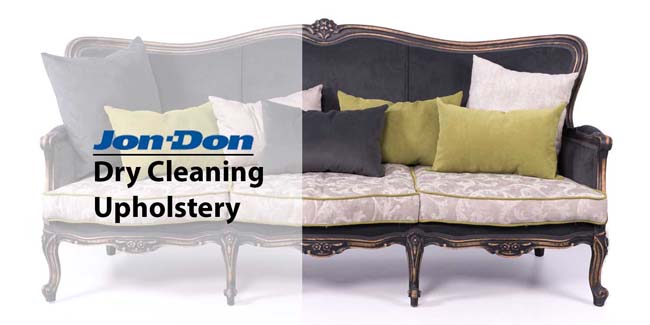
Dry Cleaning / Code "S"
Upholstery fabrics labeled as Code "S" must be dry solvent cleaned only. Dry solvent cleaning is reserved for delicate or non-colorfast fabrics that can be damaged when using water-based cleaning methods. The term dry solvent refers to non-water, hydrocarbon-based compounds.
Dry cleaning is considered to be the safest of cleaning methods, however solvents may damage adhesives or latex back coatings. The good news is that dry cleaning solvents dissolve oily soils and eliminate the fear of bleeding, shrinkage, and browning. The bad news is that it will have little effect on heavily soiled fabric or fabric with water-based stains.
A dry cleaning solvent may be toweled onto heavily soiled areas such as armrests or head rests to remove hair and body oils. A brush or hand bonnet may be used to agitate the soiled areas. Dwell time should be approximately 5-10 minutes.
If a solvent is to be heated, it must be done in a specially manufactured dry-solvent-compatible machine. Solvents should not be heated to exceed flash point (temperature at which a vapor will ignite). An extractor or a towel is then used to extract the solvent and suspended soil. Blotting the piece with a towel after extraction may pick up additional suspended soil.
Following grooming, drying must be expedited by using air movement and ventilation. Every effort should be made to leave the fabric as dry as possible before leaving the job site.
Safety tips for dry cleaning solvents:
- Ventilation must be provided prior to and during dry cleaning. Exhaust hoses should be vented to the outside and air movers should be used to exhaust fumes.
- Standard immersion heaters may not be used to heat solvents.
- No smoking around solvents.
- Dry cleaning solvents should not be used around pilot lights, electric heaters, or gas or fuel oil-fire heaters.
- The cleaning unit should not be plugged into an electrical outlet closer than 10 feet to the fabric being cleaned. Always ensure proper grounding of electrical equipment.
- Drop cloths must be used to protect floors. If solvent is sprayed onto finished wood, it must be wiped off immediately.
- Technicians must wear government-approved, fit tested solvent (organic) vapor respirators with fresh cartridges that are approved for specific dry solvent vapors. If solvent odor is detected, replace the cartridge. Splash goggles and dry-solvent-resistant gloves must be worn.
- Dry solvents must be stored in properly labeled, flame-resistant, manufacturer-approved containers.
- Recovered dry solvents must be disposed in accordance with applicable government regulations.;
Dry solvent vapors should not exceed Threshold Limit Values (TLV). TLV is the air concentration of chemical substances workers can be exposed to for 8 hour-40 hour work weeks without harm. TLV’s are listed on the Safety Data Sheet (SDS).
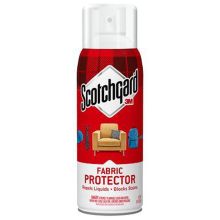
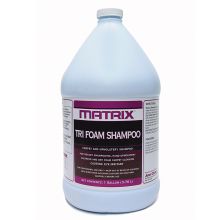
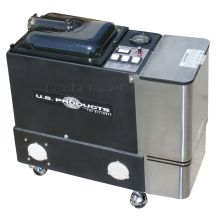
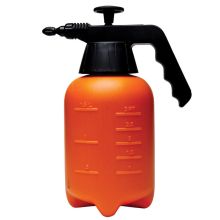
We pay the shipping charge, including hazardous material fees, on this item. There's no catch. No "buy this to get that" requirement.
Note: If your order contains items that are not eligible for free shipping, your order total will include our competitive shipping rates for those non-eligible items only. This shipping policy only applies to orders shipped within the Contiguous U.S.

